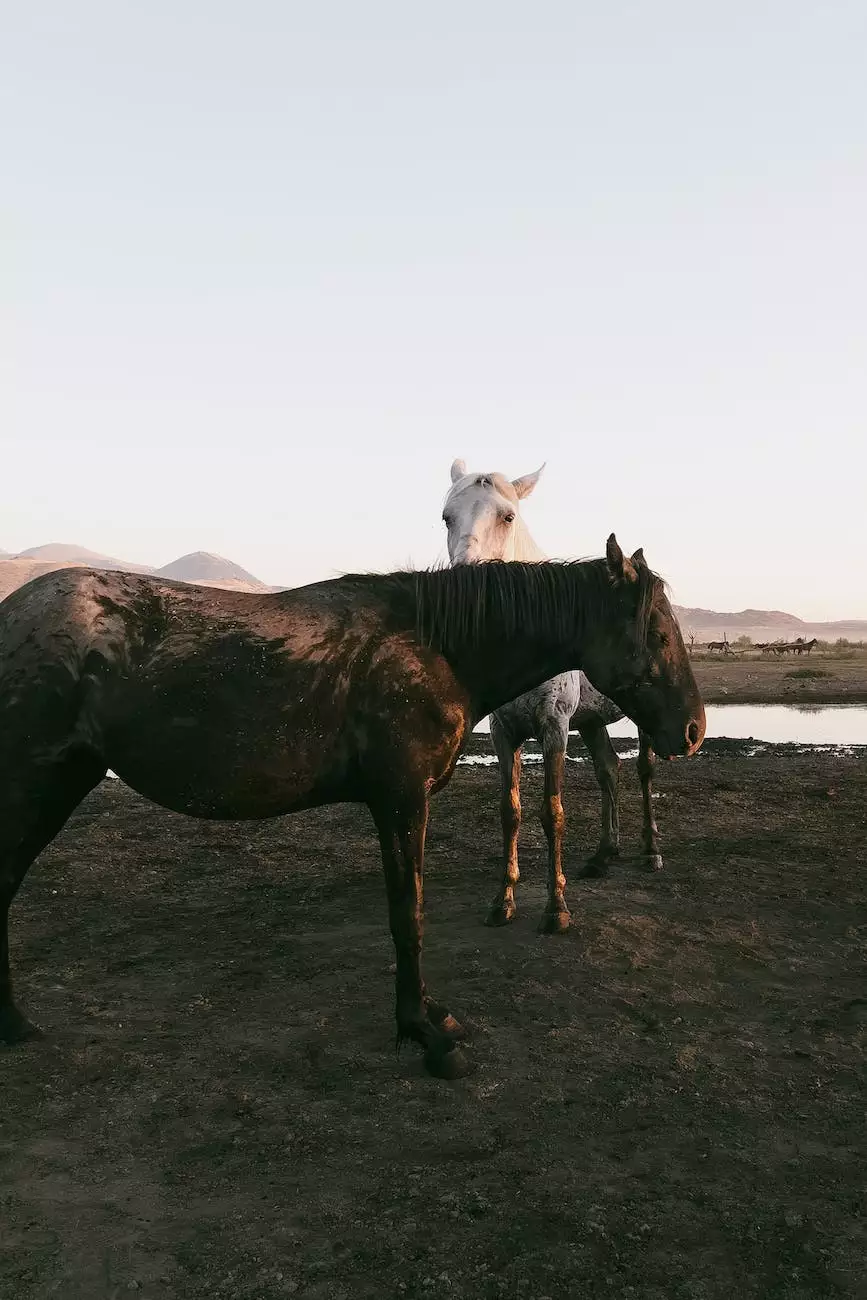What's Operant / Classical Conditioning and How can I use it
Blog Content Tips
Introduction
Welcome to Horses Etc SEO & Marketing, your trusted partner in the world of horse training and communication. In this comprehensive guide, we will delve into the fascinating concepts of operant and classical conditioning and explore how you can leverage these principles to achieve remarkable results in your horse training endeavors.
Understanding Operant Conditioning
Operant conditioning is a powerful technique that involves shaping behaviors through the use of consequences. It focuses on the relationship between behavior and its consequences, aiming to reinforce desired behaviors and discourage unwanted ones.
The Components of Operant Conditioning
Operant conditioning comprises three key components:
- Positive Reinforcement: This involves providing a reward to strengthen a desired behavior. By rewarding your horse immediately after it performs the desired behavior, you reinforce its likelihood of repeating that behavior in the future.
- Negative Reinforcement: Unlike punishment, negative reinforcement involves removing an aversive stimulus to encourage a desired behavior. This technique reinforces the association between the behavior and the removal of the aversive stimulus, prompting the horse to repeat the behavior in the future.
- Punishment: Punishment involves applying an aversive stimulus to discourage unwanted behaviors. While punishment can be effective in suppressing behaviors, it is crucial to use it judiciously to ensure that it does not lead to fear or undue stress in the horse.
Applying Operant Conditioning in Horse Training
When applying operant conditioning techniques in horse training, it is essential to understand the principles behind reinforcement and punishment. By using positive reinforcement and negative reinforcement effectively, you can create a strong foundation for teaching new behaviors and refining existing ones.
Exploring Classical Conditioning
Classical conditioning is another fundamental concept in behavior modification. It involves associating a neutral stimulus with a response-triggering stimulus to elicit a specific response. Through repeated pairings, the neutral stimulus becomes a conditioned stimulus that automatically elicits the response.
The Process of Classical Conditioning
To better understand classical conditioning, let's walk through the process step by step:
- Unconditioned Stimulus (US): This is a stimulus that naturally evokes a particular response. For example, the sound of a bell does not inherently trigger a response from a horse.
- Unconditioned Response (UR): This is the automatic response elicited by the unconditioned stimulus. In our example, the horse may naturally react to the bell sound by raising its head.
- Conditioned Stimulus (CS): This is a neutral stimulus that, when paired with the unconditioned stimulus, eventually elicits the desired response. In our case, the bell sound becomes the conditioned stimulus.
- Conditioned Response (CR): This is the response that becomes associated with the conditioned stimulus through repeated pairings. As the horse hears the bell sound repeatedly before receiving food, it starts associating the sound with food and begins to raise its head even when the bell sound is heard alone.
Utilizing Classical Conditioning in Horse Communication
Classical conditioning can be a valuable tool in horse communication. By effectively pairing neutral stimuli with positive experiences, you can create conditioned responses that enhance your communication and build trust with your horse. For instance, associating a specific sound or cue with a rewarding experience can elicit a desired response from your horse.
Benefits of Using Operant and Classical Conditioning
The integration of operant and classical conditioning techniques can revolutionize your horse training approach. By utilizing these techniques, you can:
- Enhance the bond and trust between you and your horse
- Facilitate effective communication and understanding
- Establish a positive, stress-free training environment
- Promote consistent and desirable behaviors
- Enable your horse to acquire new skills and knowledge rapidly
Conclusion
When it comes to horse training and communication, understanding the principles of operant and classical conditioning is crucial. By effectively utilizing these techniques, you can build a strong, harmonious relationship with your horse and unlock its full potential. At Horses Etc SEO & Marketing, we are dedicated to empowering you with the knowledge and guidance you need to excel in your horse training journey. Contact us today to discover how our SEO services can ensure your website ranks at the top and helps you reach a wider audience.










